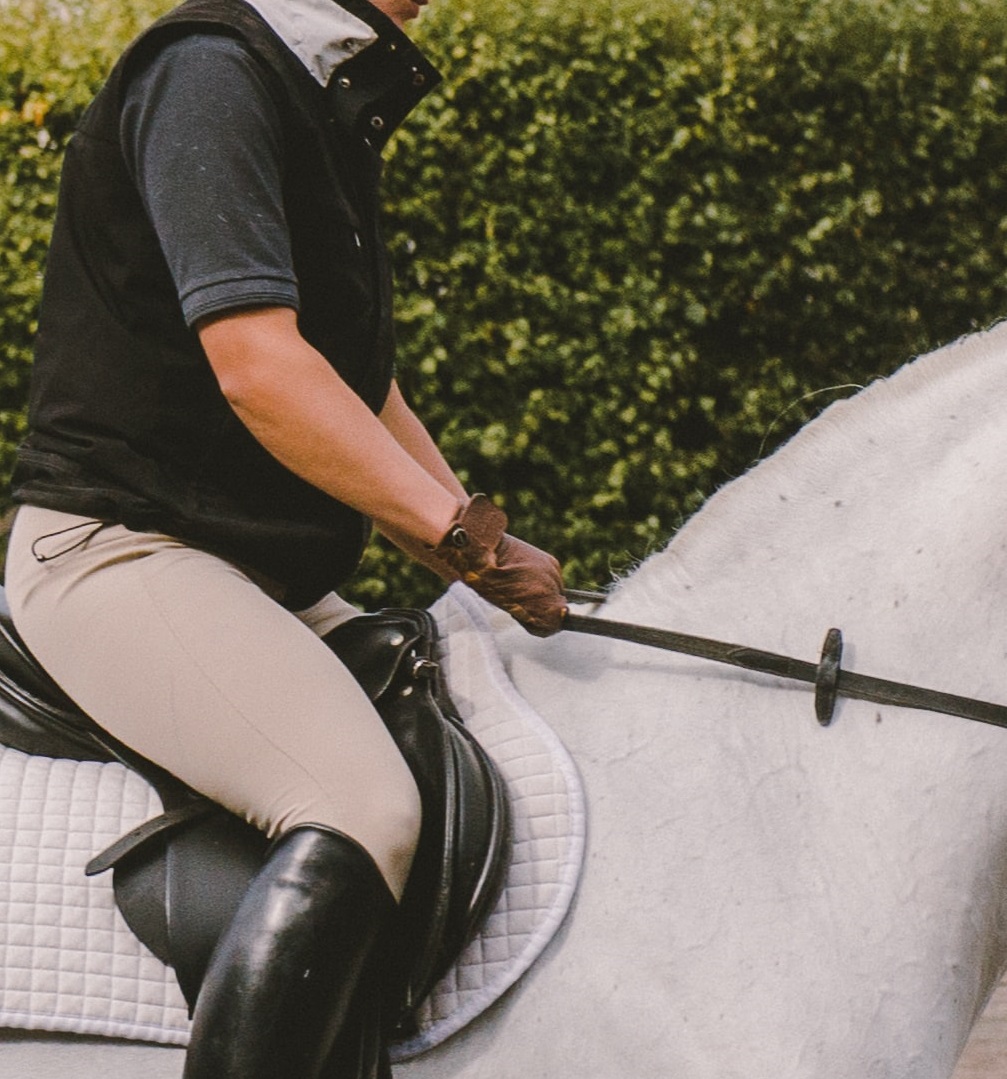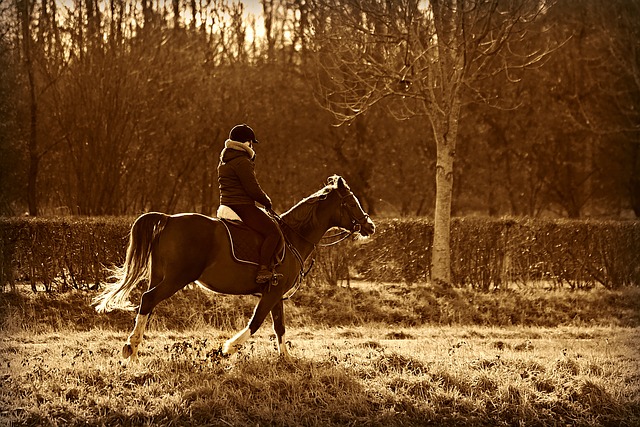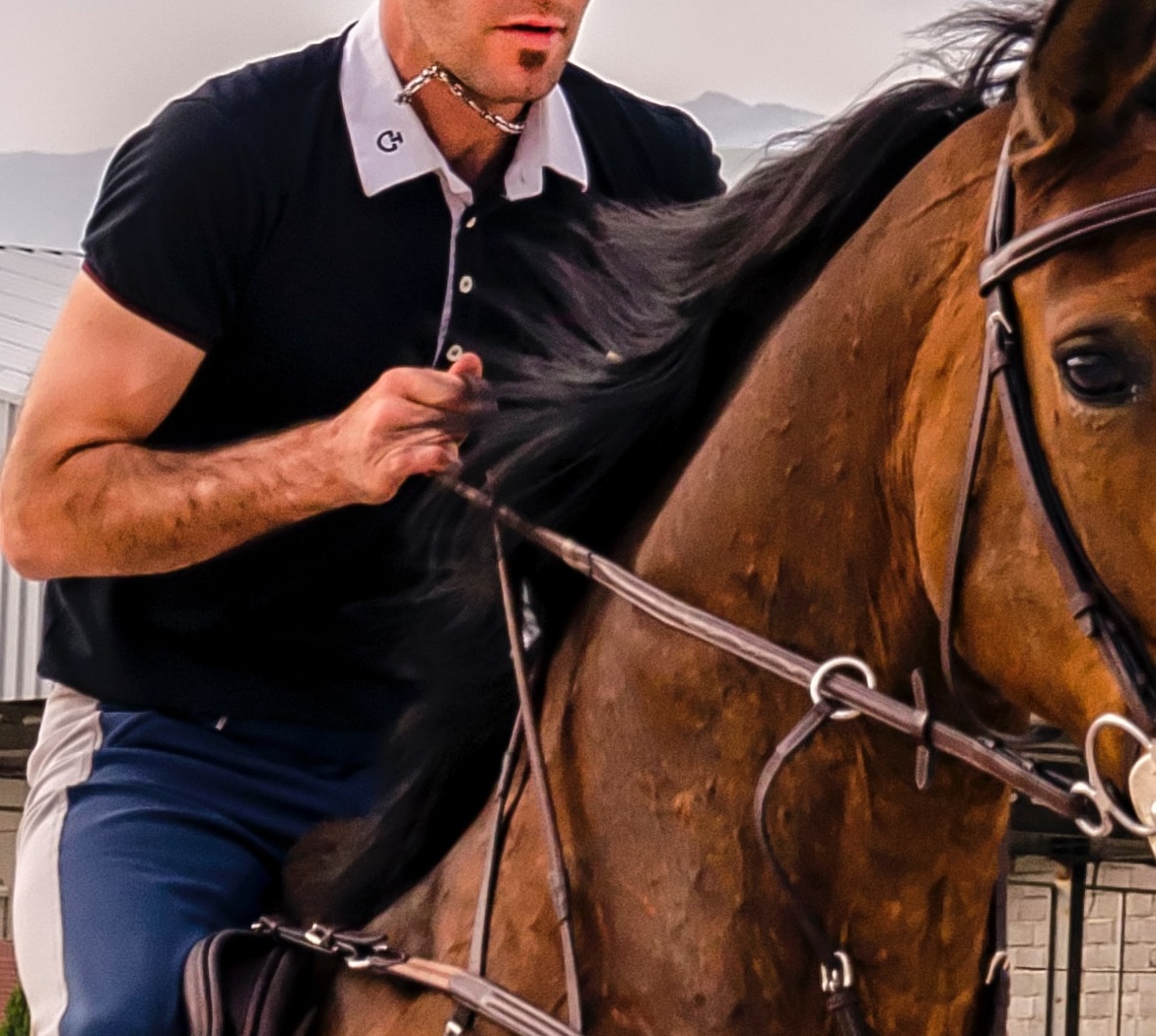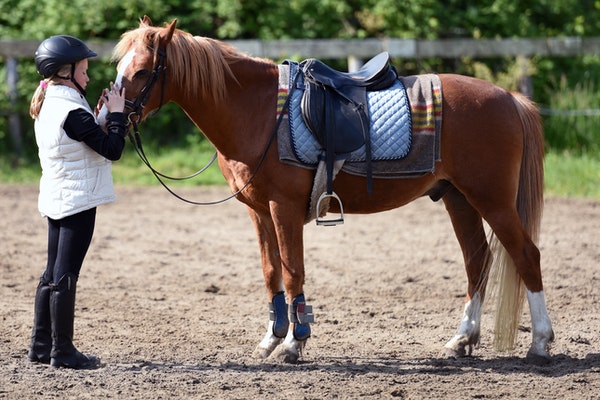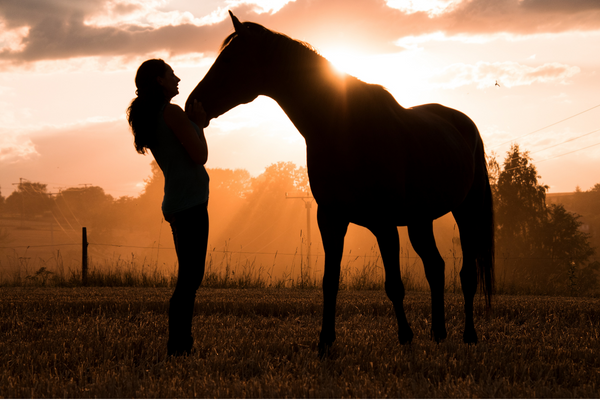What is Natural Horsemanship?
Natural Horsemanship, sometimes referred to as “gentle” horsemanship, is a psychology-based training philosophy that considers the animal’s natural instincts in order to gain the horse’s trust, submission, and cooperation.
Horses are prey animals, whereas humans are technically predators.

It’s easy to see, then, that the way they respond to external stimuli would differ from the way we do.
In other words, what induces the “fight or flight” response in our brains is in contrast to what triggers their’s.
This complicates the training process, since the way we naturally teach is in contradiction to the way they are most effectively taught.
Therefore, in order for us, as predators, to understand how to most naturally and gently work with horses, we need to attempt to learn horse psychology.
To do this, equestrians watch how horses relate to each other and their surroundings.
What they’ve discovered is that horses learn best when pressure is applied to their environment and then released, rather than through physical pain or punishment.
That, in a nutshell, is Natural Horsemanship.
Basics of Natural Horsemanship
While each of the popular trainers has their own unique methodology based on the principles of Natural Horsemanship, there are common threads throughout all of them.
For instance, most trainers start with ground-breaking, using such tools as a round pen, long lead rope, a whip, and a halter with pressure points over the muzzle.
With these, they begin to train the horse to respond correctly to “scary” stimuli.
Some of the techniques used are:
· Pressure and Release
· Approach and Retreat
· Rewards and Consequences
· Desensitization
History of Natural Horsemanship
While the term “natural horsemanship” was coined in the recent past, the theory of gentle horsemanship has been around for quite some time.
Some equestrians point to the literary work of Xenophon, called On Horsemanship, to support the idea that gentle horsemanship has been around for a long time.
On Horsemanship dates back to around 350 BC.
Throughout the centuries, there have been “gentle” horse handlers and cruel handlers, just as there are today.
The goal of many Natural Horsemanship trainers is to make gentle horse training more common.
What is Natural Horsemanship Replacing?
Most people are familiar with the iconic Wild West-style horse breaking: jump on a horse’s back and out-ride the bucking until you’ve “broken” his will.
Sometimes this also included painful devices such as whipping, hobbling, etc.
The aforementioned technique falls under the category of “Traditional Horsemanship”.
However, not all traditional training techniques are cruel, and there are still folks who use some traditional techniques in a kind-hearted way today.
Some people successfully use a mixture of natural and traditional horsemanship techniques for their individual horse and riding needs.
So while there are some cruel traditional training techniques, that doesn’t automatically mean they all are.
Why Natural vs. Traditional?
- Natural Horsemanship doesn’t only attempt to replace cruel horse-breaking techniques, but also encourages a healthier relationship between horse and handler. The goal is to create a trust-based relationship between them, rather than mere forced obedience on the part of the animal. Because of the gentler approach of Natural Horsemanship, many trainers find that their relationship with their horse is trust-filled and companionable.
- Many of the training methods based on Natural Horsemanship initiate training on the ground. Because of that, it’s much safer for the handler. Also, gaining your horse’s trust while on the ground will make him less frightened when you begin riding.
- Instead of the handler having to micro-manage everything the horse does, Natural Horsemanship encourages a horse to think for itself and figure out what the appropriate and desired response would be to a given stimulus.
Who Uses Natural Horsemanship?
There are quite a few popular and trusted Natural Horsemanship trainers. They include:
- Clinton Anderson,
- Pat Parelli,
- Monty Roberts,
- Buck Brannaman,
- and us!
There is no official certification for becoming a “Natural Horsemanship” trainer, and each trainer is slightly different in the technique they implement.
The philosophy of Natural Horsemanship has really flourished in the last few decades, and we hope to see it continue to thrive as equestrians pursue gentle training methods and companionship with their horses.
